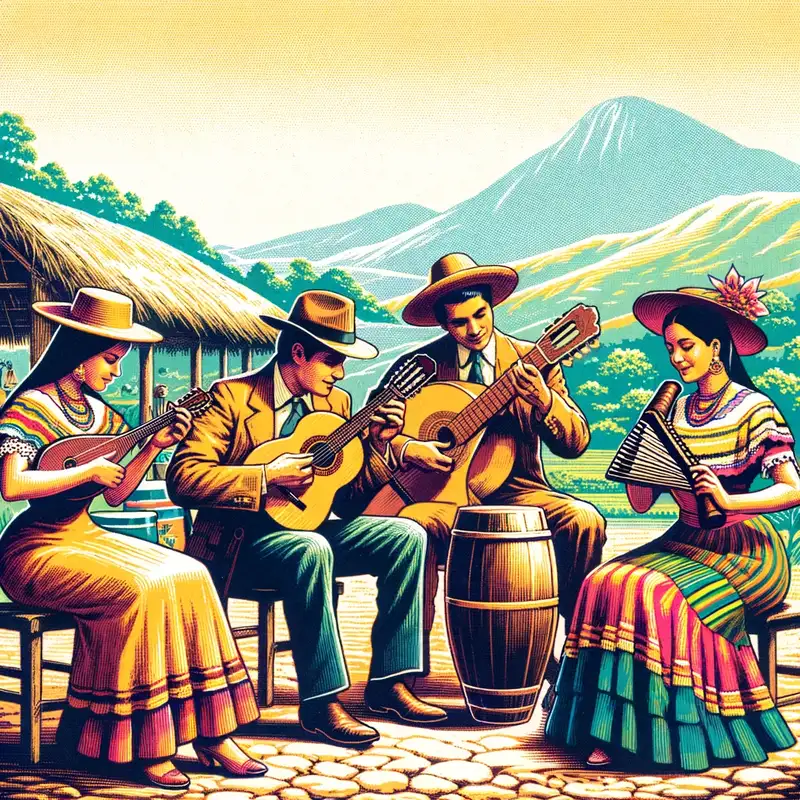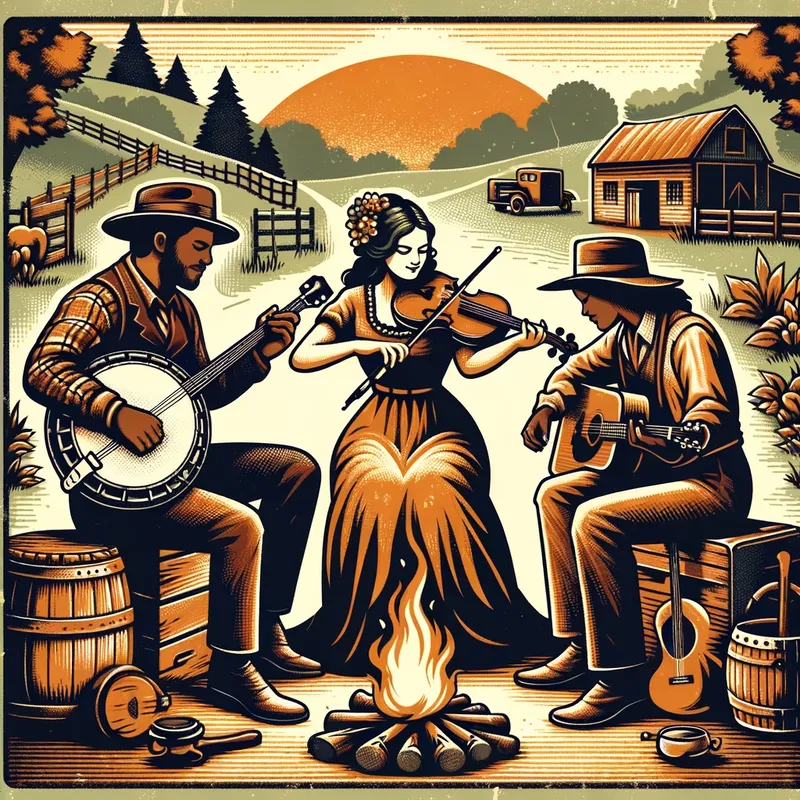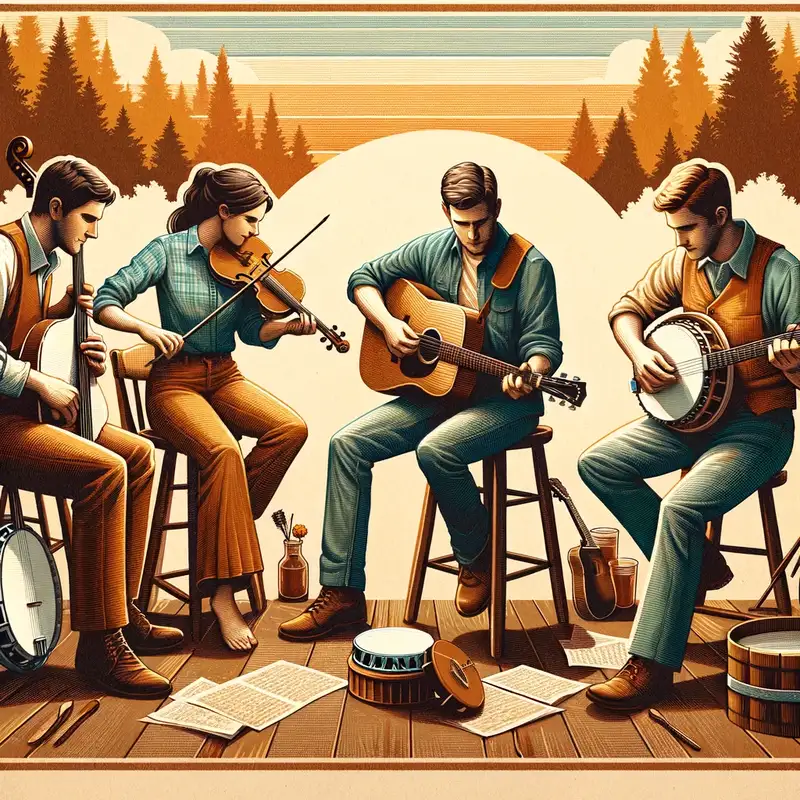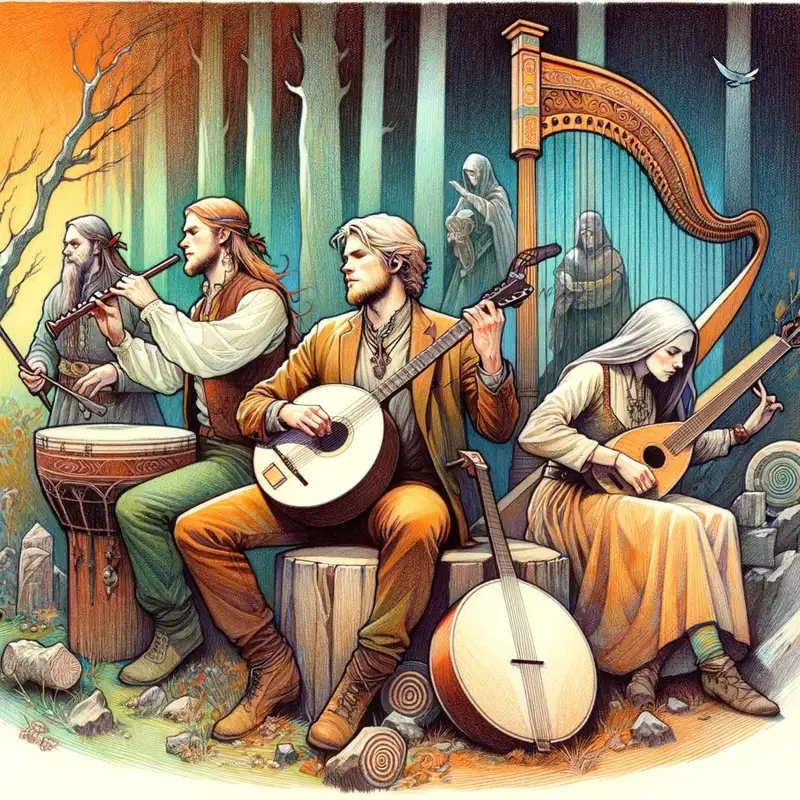Latin American Folk Music

Latin American folk music is a reflection of the continent’s vast history, from its indigenous roots to its European, African, and even Asian influences.
Table of Contents
Origins and History
Latin American folk music is deeply rooted in the history and cultures of its native peoples.
Prior to the arrival of the Spanish and Portuguese colonizers, indigenous tribes had their own unique musical traditions, instruments, and rhythms.
The colonization period saw a fusion of indigenous, European, and African sounds, which laid the foundation for today’s diverse folk music.
Diverse Instruments
String Instruments
- Charango: A small guitar-like instrument from the Andes region, often made with the shell of an armadillo.
- Cuatro: A four-stringed guitar found in several countries like Venezuela and Puerto Rico.
Wind Instruments
- Quena: A traditional flute of the Andes.
- Zampoña: Also known as panpipes, a group of reed tubes of different lengths.
Percussion Instruments
- Bombo legüero: A drum native to the Argentinian plains.
- Maracas: Often associated with Caribbean sounds, these are rattles filled with seeds or beads.
Regional Folk Styles
Andean Folk
The Andean region, encompassing countries like Peru, Bolivia, and Ecuador, has a unique style characterized by instruments like the charango and zampoña. Popular genres here include “Huayño” and “Zamba”.
Mexican Folk
Mexico, with its Mariachi and Ranchera music, stands out for its powerful vocals and the iconic mariachi ensemble made up of violins, trumpets, and guitars.
Brazilian Folk
Brazil’s folk music is as varied as its geography. Samba, Bossa Nova, and Forró are just a few of the styles that have gained international recognition.
Caribbean Folk
Countries such as Cuba, Puerto Rico, and the Dominican Republic have given the world rhythms like Son, Rumba, and Merengue, driven by drums, maracas, and passionate dances.
Folk Festivals: A Celebration of Tradition
All across Latin America, folk music is celebrated through festivals. These events showcase not just music, but also dances, costumes, and the traditions of each region. Examples include the “Fiesta de la Candelaria” in Puno, Peru and the “Festival Nacional del Folklore” in Cosquín, Argentina.
Influence
Today, Latin American folk music influences many contemporary genres, from pop to rock. Artists such as Shakira, Carlos Vives, and Natalia Lafourcade have incorporated folk elements into their songs, bridging the gap between traditional and modern.


